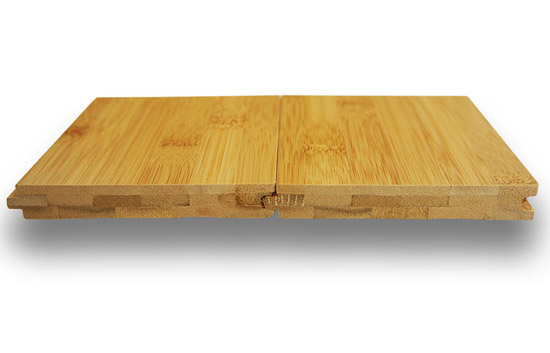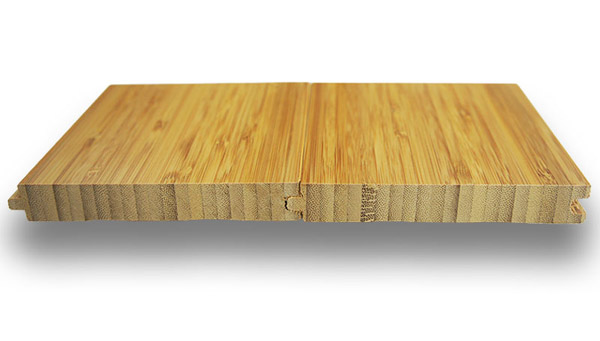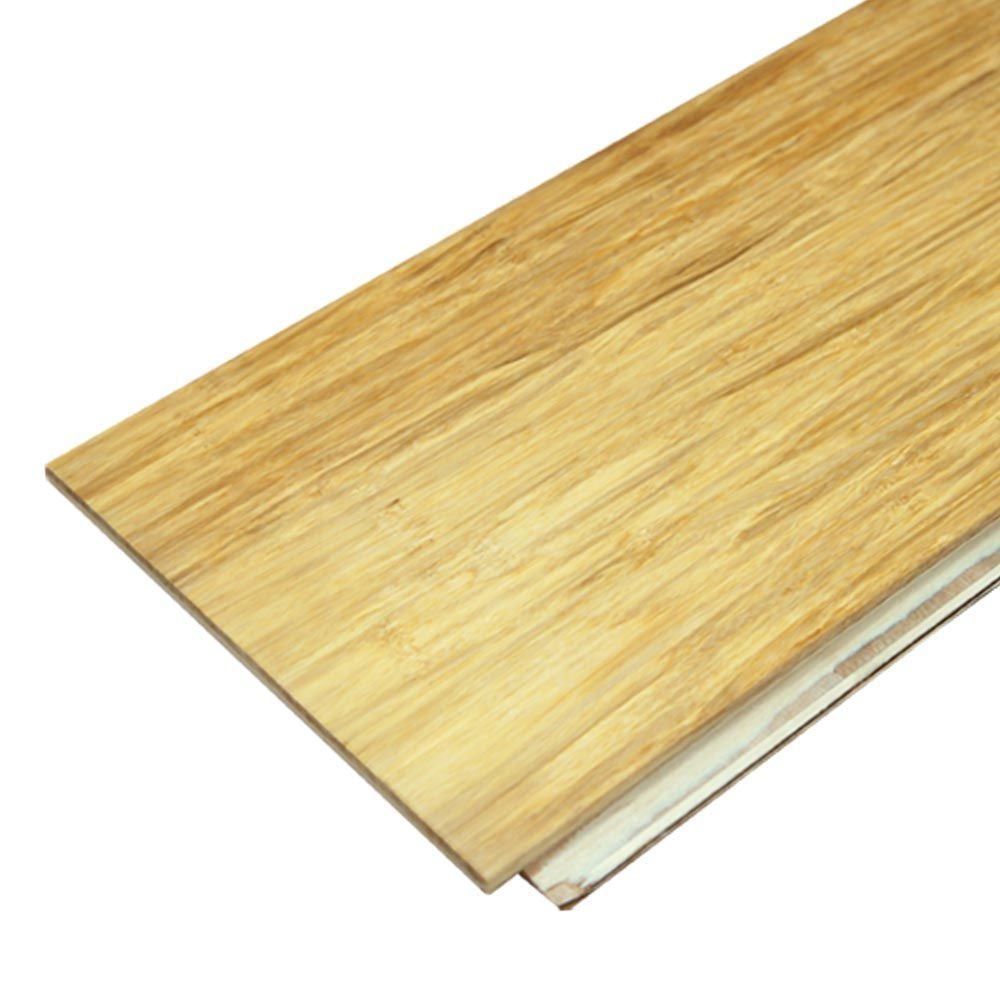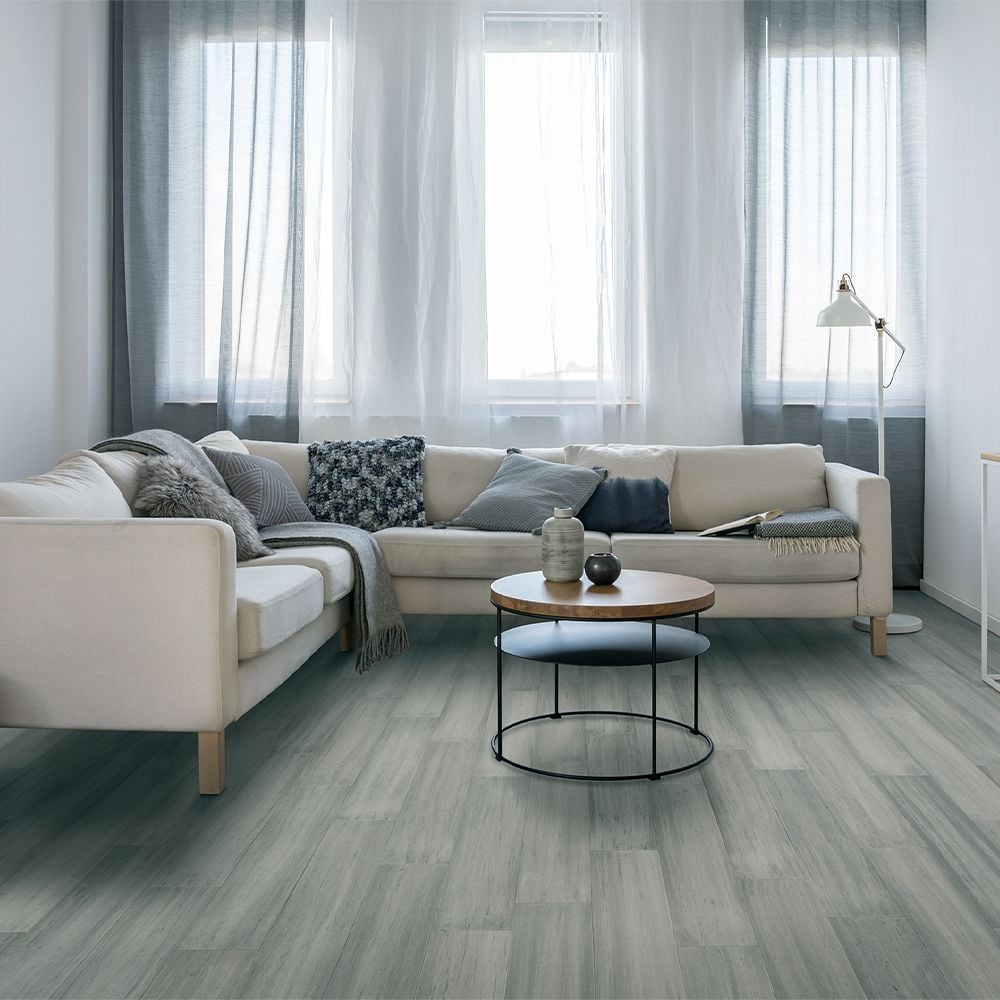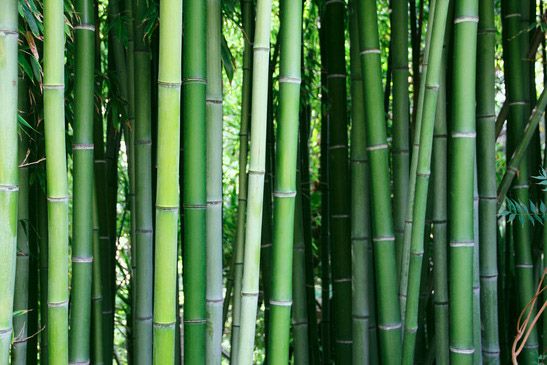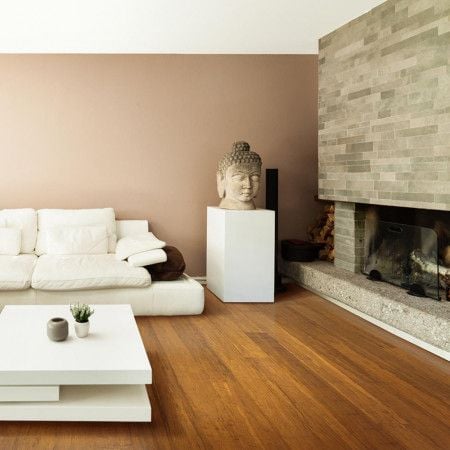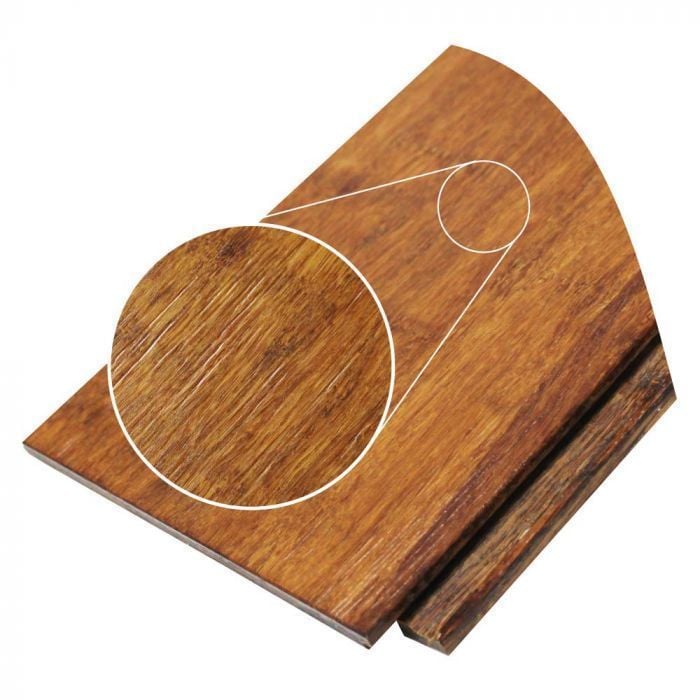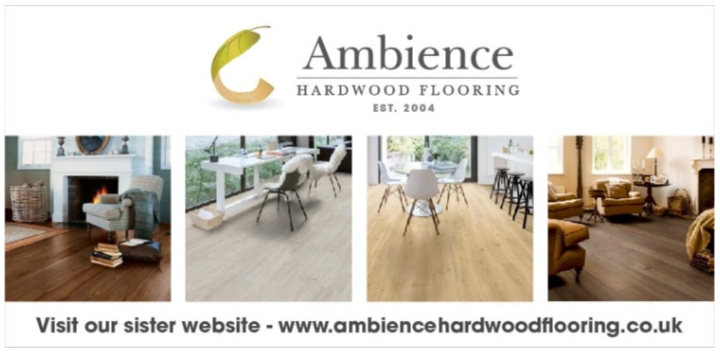The background of bamboo
Bamboo is a self re-generating grass that originates from China, meaning that once it has been harvested it does not need to be replaced as it will continue to grow. It grows very quickly and reaches maturity in approximately five years, making it a very eco-friendly alternative to hardwood (that can take over twenty five years to reach maturity). Bamboo fibres are longer than timber and provide excellent tensile strength. Bamboo flooring is becoming more popular and desirable because of its strength, durability, sustainability and eco-friendly properties.
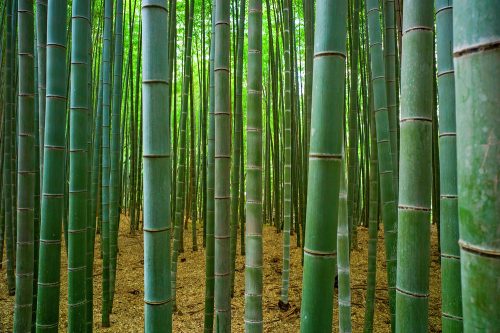
Harvesting bamboo
Most bamboo forests are harvested, by hand, once every five years. The bamboo is colour coded into seasons and cut after the fifth year of growth. This means that the forest is not completely flattened, and allows for harvesting of mature bamboo to take place every year. Harvesting bamboo does not damage the root of the grass; it is self-propagating so continues to produce healthy, abundant crops for future harvests.
Preparing bamboo
Once the harvesting has taken place the bamboo needs to be prepared to be made into flooring. For horizontal and vertical bamboo flooring, the harvested bamboo is stripped of the outer green layer and cut into flat, thin strips. To make strand woven bamboo flooring the raw bamboo is also stripped of the outer green layer, but then cut, stripped down, and shredded into fibre strands. These strips and fibres are then boiled and dried, naturally and in a low heat kiln, to remove any unwanted moisture. If the finished look of the bamboo flooring is carbonised, this process takes place now. The raw strips or fibres are smoked under heat and pressure to obtain a deep brown colour. If natural coloured bamboo flooring is required, the strips or fibres of bamboo keep their original appearance.
The raw bamboo is then checked for any defects or imperfections, and then stored for a number of weeks to acclimatise before the manufacturing process.
Different flooring types
Horizontal & Vertical bamboo - The strips of dried bamboo are now glued together, either horizontally or vertically, using adhesive and a hot press machine. They are then machined into planks of flooring.
Strand Woven bamboo - The individual thin fibre strands are now woven together and compressed, with a resin, under extreme pressure. A solid block of strand woven bamboo is formed, which is then machined into individual planks of flooring. 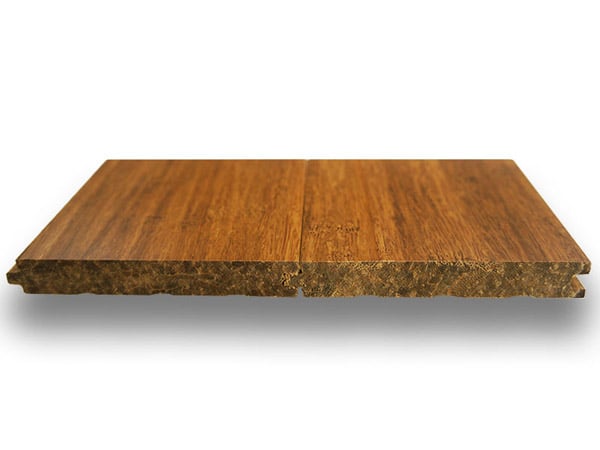 The planks of either horizontal bamboo, vertical bamboo or strand woven bamboo are then left for another three weeks to acclimatise before the finishing process.
The planks of either horizontal bamboo, vertical bamboo or strand woven bamboo are then left for another three weeks to acclimatise before the finishing process.
Finishing the bamboo flooring
The three different types of flooring planks now need to be finished with a lacquer and fixing system, which will determine the method of installation. The bamboo flooring is sanded before a layer of lacquer is added to protect the surface. If a colour stain is required, it will be added to the bamboo flooring before the layer of lacquer. Either a tongue and groove or click fixing system is added by milling the boards into the necessary shape. A final layer of protective lacquer is added, and the flooring is inspected for imperfections, and then sorted into different colour tones before it is packaged and distributed.


